Growing fiddlehead ferns is becoming much popular day by day. And it’s gaining popularity both on restaurant menus and at farmer’s market.
Actually it has become such a popular seasonal crop among the chefs and other foodies that growing fiddlehead ferns on a commercial basis has become a very good investment.
Although this wonderful vegetable is not available year round, it’s only available for a few weeks in an entire year.
Fiddlehead ferns taste just wonderful. They are generally steamed lightly and served with butter.
The fiddlehead ferns are the furled fronds of a young fern which are harvested for using as vegetable.
It is also known by some other names such as Cinnamon fern, Lingri, Kasrod, Languda, Niyuro, Pako, Zenmai or simply Fiddleheads.
Each fiddlehead would unroll into a new frond if left on the plant. And they are cut fairly close to the ground, as the fiddlehead ferns are harvested early in the season before the frond has opened and reached it’s full height.
Fiddlehead ferns are full of nutrients. They have antioxidant activity and are a great source of omega-3 and omega-3 fatty acids.
They are high in dietary fiber and low in sodium. They are also a great source of vitamins A and C and some minerals such as potassium, phosphorus, magnesium, niacin and iron.
Since the beginning of the Middle Ages, the fiddlehead ferns have been a part of traditional diets in much of Northern France, across Asia and also among Native Americans for centuries. They are also part of the diet in the Russian Far East.
However, growing fiddlehead ferns in your own home garden can be an excellent way for enjoying this wonderful vegetable. And one more thing ‘nothing is better than home grown vegetables’.
How to Grow Fiddlehead Ferns
Growing fiddlehead ferns is relatively easy. Because the fiddlehead ferns are an extremely easy to establish perennial crop. Here we are describing everything about growing fiddlehead ferns in home garden from planting, caring to harvesting.
Select a Good Location
Selecting a site in shade or filtered light is considered best for growing fiddlehead ferns. Although the plants can tolerate full sun and grow well as long as the plants have enough water, especially during warm weather.
The plants also perform best in moist and well-drained soil which is rich in lots of organic materials. So consider all these factors while choosing a spot for growing fiddlehead ferns.
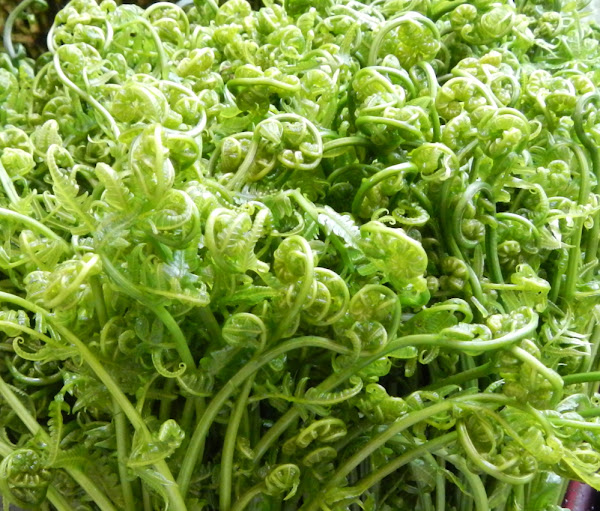
Preparing the Soil
Fiddlehead ferns grow well in fertile soil which is rich in organic materials. So prepare the soil perfectly for growing fiddlehead ferns by tilling and adding lots of organic materials into it.
Well-rotted aged manure or decomposed bark will be very good for using as organic fertilizers.
Collect/Purchase Crowns
The fiddlehead ferns are not grown from seeds. Rather they are grown from crowns. You can purchase the crowns from your local nursery. The fiddlehead ferns are often sold as ornamental plants.
Best Time for Growing Fiddlehead Ferns
The fiddlehead ferns should be planted early in the spring, but after the last frost has passed (especially if you live in the northern areas).
Planting
You can purchase the crown either as bare root or potted stock for growing fiddlehead ferns.
Dig a hole larger than the root ball of the plant, add extra loose soil around the roots then gently press to firm it up. Keep the crown at the same soil level as it was originally when you purchased.
The fiddlehead ferns can spread vigorously by underground roots and runners. You should plant the crown in such a way that they are at least 2-3 ft apart from each other.
Keep the soil moist constantly after planting the crowns, because it is very important for growing fiddlehead ferns.
Caring
Taking additional care after planting will ensure good growth of the plants. Here we are describing more about the caring steps for growing fiddlehead ferns in home garden.
Fertilizing: You don’t have to provide additional fertilizers for growing fiddlehead ferns in your home garden. If you have prepared the soil by adding lots of organic materials into it, then your plants will grow just fine.
Watering: Watering regularly is the most important part of growing fiddlehead ferns. The plants prefer moist soil with constant water supply, so you should water the plants frequently. The leaves may scorch if the soil is not moist enough.
Mulching: Mulching helps to retain moisture into the soil. A good layer of organic mulch can help to keep the plants growing. You can use grass clippings, straw or homemade compost for using as mulch.
Controlling Weeds: Weeds consume nutrients from the soil. So controlling them is important. You can remove most of the weeds from the garden either by hand or by hoeing. Although heavy mulching will help to prevent most of the weeds from the garden.
Pests and Diseases
The fiddlehead ferns rarely suffer from any pests or diseases.But the slugs and snails can be a problem for the plants. You should use organic methods to get rid of slugs from your home garden.
Harvesting
The fiddlehead ferns are available seasonally. They are both foraged and harvested commercially in spring. But you should let your plants become established for a couple of year before you begin harvesting.
However, for harvesting pick new fronds in spring just as they are beginning to uncurl. Generally a mature fiddlehead fern produce an average of 7 fronds. Just slice the fiddlehead off at ground level for harvesting, before it uncurls and the leaves open up.
These are the common ways for growing fiddlehead ferns in home garden. Hope you have enjoyed this guide! Happy gardening 🙂

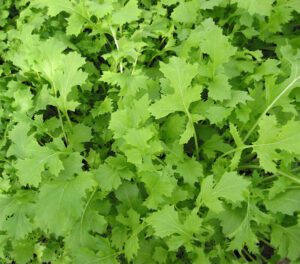
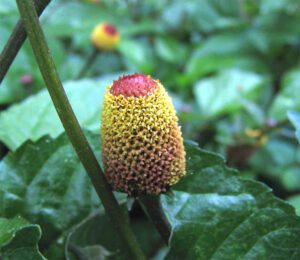
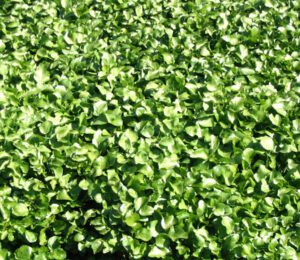
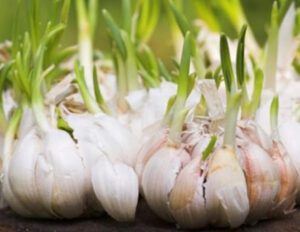

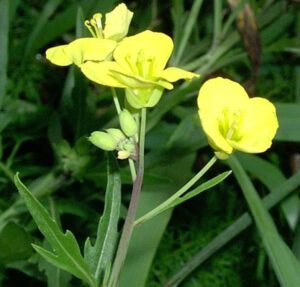
Cann I order fiddle head, edible ferns for planting.
Thank you.
I want to start planting edible Fern, How can I get the seeds and follow your Guide.
Thank you
Roberto